Artistic Anatomy: Understanding Composition and Proportion in Painting
Introduction:
Artists, both seasoned and beginners, understand the critical role that composition and proportion play in creating visually appealing artworks. In this blog post, we'll delve into the artistic anatomy of composition and proportion, exploring how these elements contribute to the overall impact of a painting. From classical principles to modern interpretations, understanding these fundamentals can elevate your artistic skills and enhance your creative expression.
The Artistic Language of Composition:
Composition refers to the arrangement of elements within a painting or artwork. It involves the placement of objects, figures, colors, and shapes to create a visually harmonious and balanced piece. In art around the world, various compositional techniques have been employed throughout history, each contributing to the overall aesthetic appeal of artworks. From the golden ratio in Renaissance art to the rule of thirds in contemporary compositions, artists use these principles to guide the viewer's eye and create engaging visual narratives.
Proportions and Human Form:
Proportion is another fundamental aspect of art that deals with the relative size, scale, and relationship of objects or figures within a composition. In paintings depicting human subjects, understanding proper proportions is crucial for conveying realism and conveying emotions effectively. Artists across cultures have developed unique approaches to capturing the human form, from the idealized proportions of classical Greek sculptures to the expressive distortions of Cubist paintings. Exploring these diverse representations can inspire artists to experiment with different styles and techniques.
Cultural Influences on Composition and Proportion:
Art around the world reflects the diverse cultural influences that shape artistic expressions. Different cultures have distinct visual languages and aesthetic sensibilities, which are often reflected in their artistic compositions and proportions. For example, Japanese art often emphasizes asymmetry and negative space, while African art celebrates bold patterns and rhythmic repetitions. By studying artworks from various cultures, artists gain a broader perspective on composition and proportion, enriching their own creative practices.
https://paintwinestudio.com/classes-1
https://artignition.com/what-is-composition-in-art/
Modern Interpretations and Experimentation:
In contemporary art, artists continue to push the boundaries of composition and proportion, exploring new techniques and concepts. Digital art, mixed media, and abstract paintings are just a few examples of how artists experiment with unconventional compositions and proportions. These innovative approaches challenge traditional norms and offer fresh perspectives on visual storytelling. "I love playing with unconventional compositions in my artwork. It allows me to create dynamic and thought-provoking pieces," shares Lisa, a digital artist.
Tips for Enhancing Composition and Proportion:
For artists looking to improve their composition and proportion skills, here are some tips:
Study master artworks from different time periods and cultures to understand diverse compositional techniques.
Experiment with different compositional grids, such as the rule of thirds, golden ratio, and diagonals, to create visual interest.
Practice drawing from life to develop a better understanding of human proportions and anatomy.
Use sketches and thumbnails to plan compositions before starting a painting, focusing on balance, focal points, and movement.
Don't be afraid to break the rules and explore unconventional compositions that reflect your unique artistic voice.
Conclusion:
Composition and proportion are the building blocks of compelling artworks, influencing how viewers perceive and interpret visual images. By understanding the principles of composition and proportion, artists can create more impactful and engaging paintings that resonate with audiences worldwide. Whether you're a traditional painter or a digital artist, mastering these artistic anatomy concepts can unlock new possibilities and elevate your creative journey.
